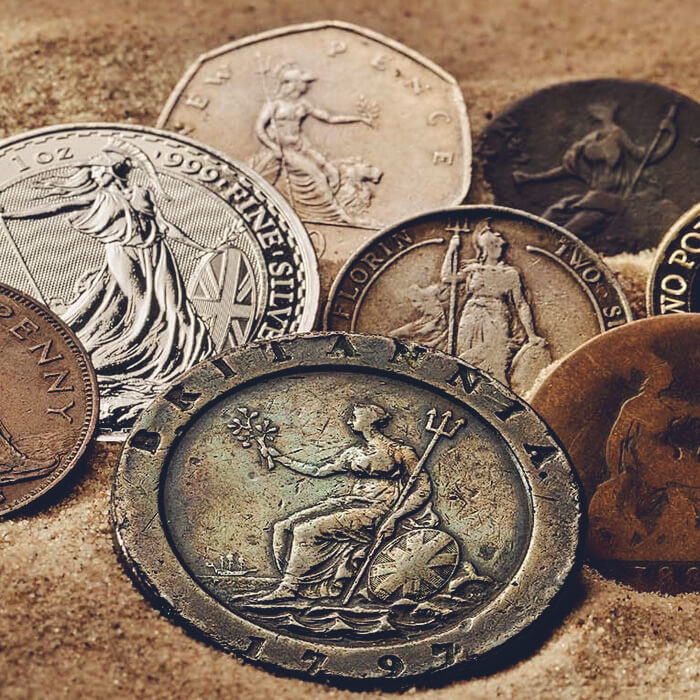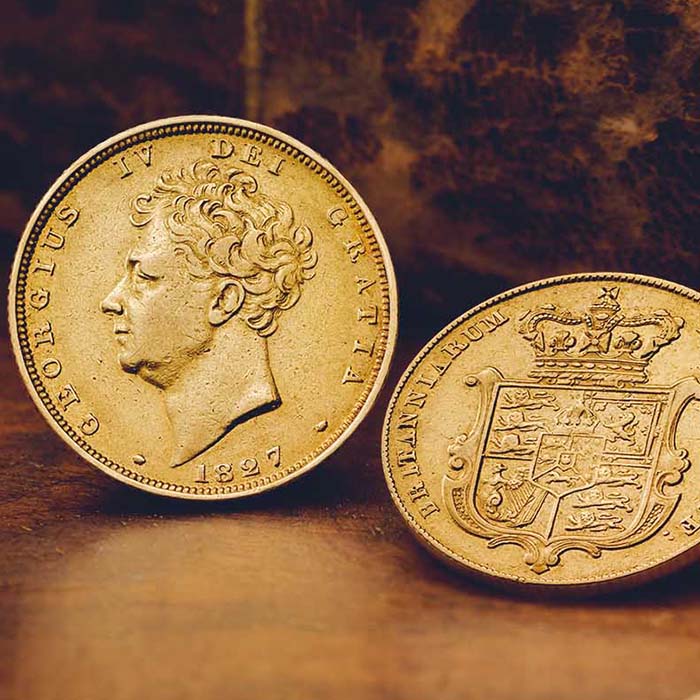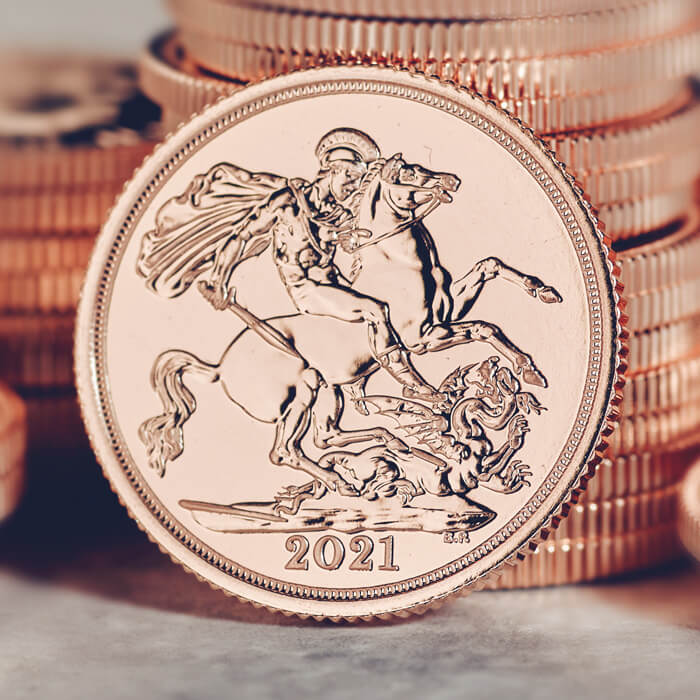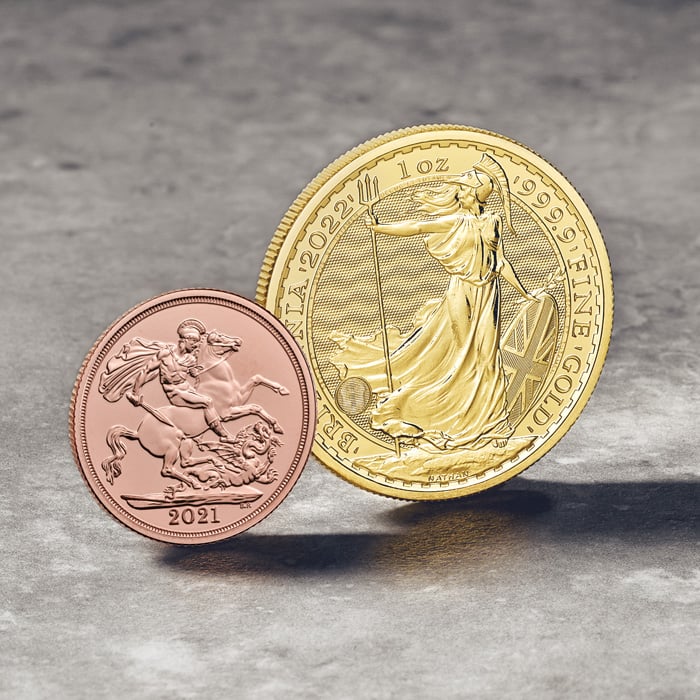- When did dates first start appearing on coins?
- What do the mint marks represent?
- Why did we begin dating coins?
- Why are bullion coins dated?
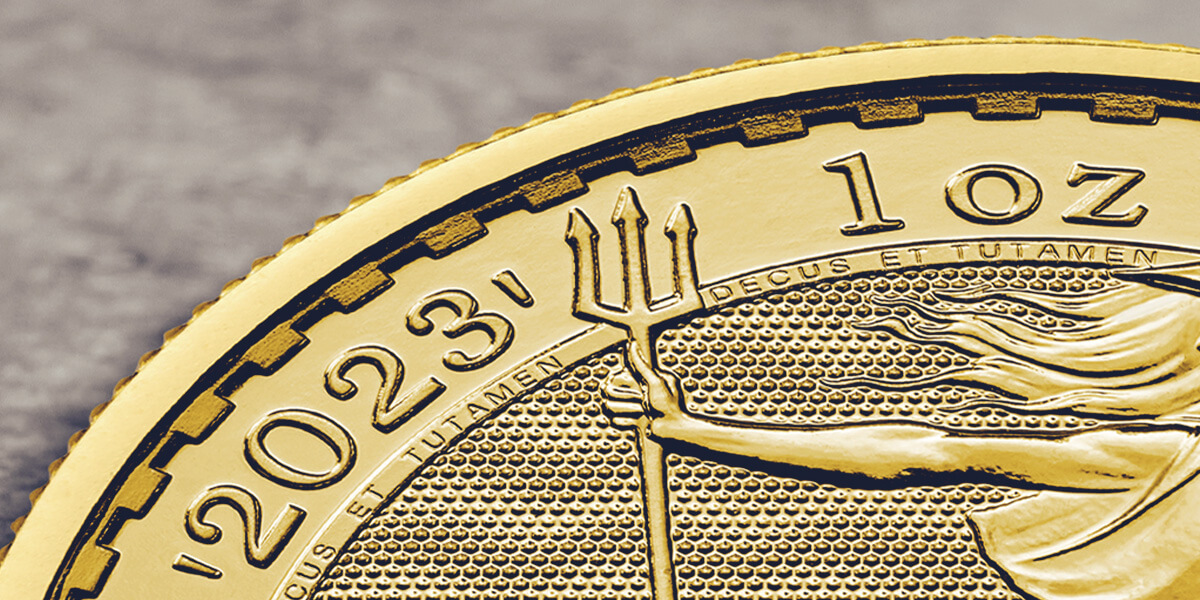
Dr Clancy is a historian who has written and lectured extensively on the history of The Royal Mint and British coinage. He played a central role in shaping the future of The Royal Mint Museum as a charity through its education, publication and exhibition programmes, including the creation of a permanent exhibition on the history of The Royal Mint at the Tower of London and at The Royal Mint Experience.
A 500-Year-Old Tradition
When did dates first start appearing on coins?
Dates first began appearing on coins in the United Kingdom in the sixteenth century, during the reign of Edward VI. Coins struck during his reign “were the first to be struck with numerals to indicate the year in which they were issued,” says Dr Clancy. Prior to the inclusion of dates, coins were produced with marks on them, known as a mint mark, bearing “symbols such as crowns or anchors,” he explains.
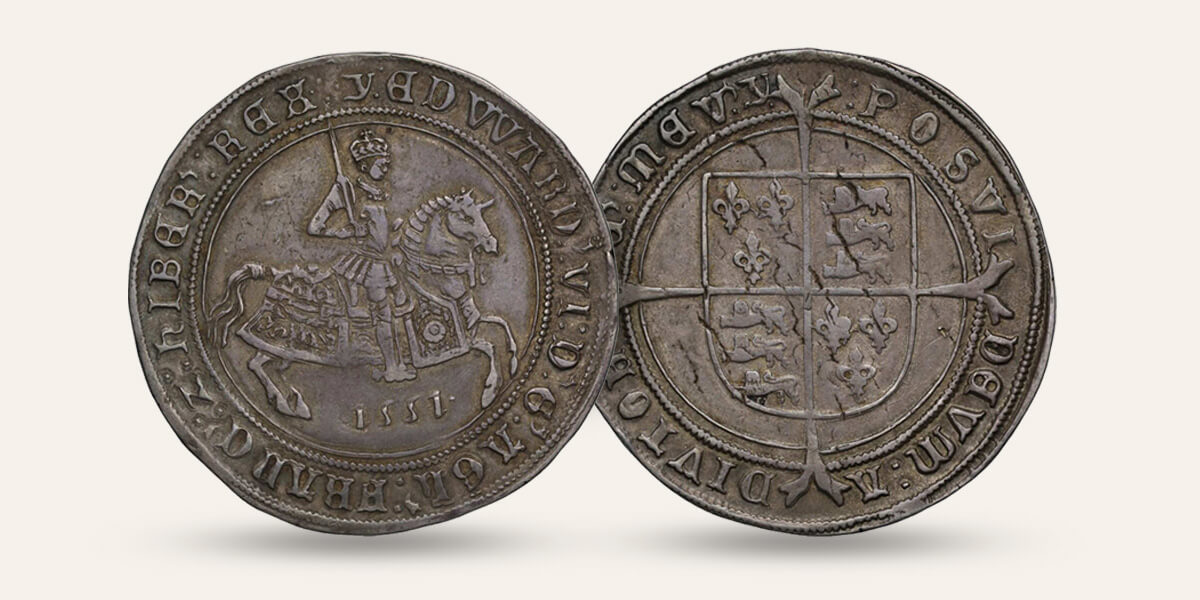
King Edward VI 1551
What do the mint marks represent?
“The mint marks were used to represent a period of mintage,” Dr Clancy clarifies, which could vary between a period of months or longer than a year. Government records provide information on mint marks to determine the accurate time frame when a historic coin was minted. For example, prior to the introduction of dates on coins during the reign of Edward VI, if a coin featured an arrow mint mark, it shows the coin was minted in 1549.
Why did we begin dating coins?
Knowing the period in which coins were produced has been important throughout history, and whilst we cannot be certain why people began the practice, Dr Clancy suggests a few simple reasons:
1. It could be utilised to control and record the number of coins struck in a certain time period, which was important in measuring the length of a reign.
2. As coins were the only items regularly issued to the public, dating on coins could have been useful as a way of distinguishing the passing of time.
3. Again, as coins were the only items regularly issued to people, they were a strong method of communication with the public. This allowed the government and Crown to project imagery about the monarch and symbols of the state in order to reinforce their ideal representation of the state to the populace.
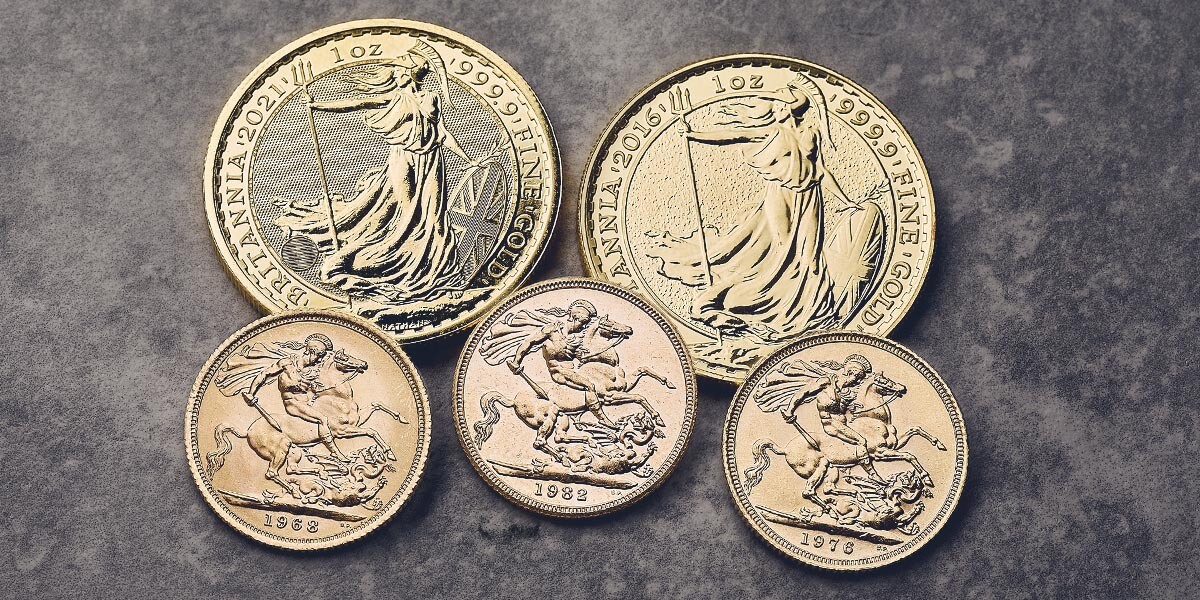
Why are bullion coins dated?
“When a new market began to open up with bullion coins, it followed on that tradition. These days, coins almost look invalid without dates. Now, the year forms part of the fabric of what we think makes up a coin,” explains Dr Clancy.
Having years on coins also improves the collectability of them; if an investor or collector is interested in having a set of bullion coins dated from a certain year for their portfolio or collection, the year dating system makes it easier for them to create a list and track down those coins.

